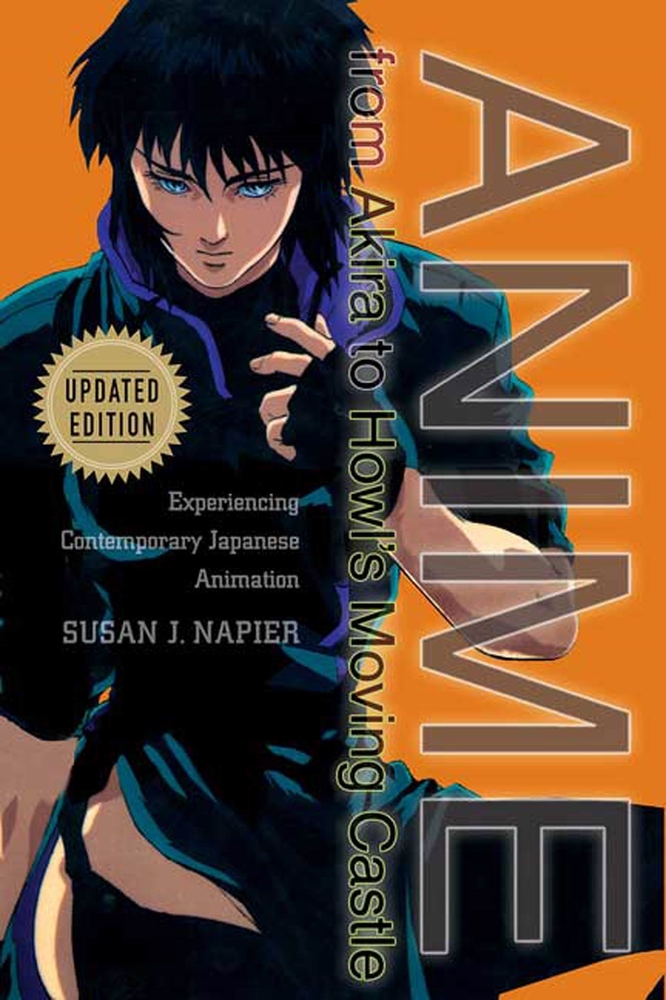Dr. Susan J. Napier, Goldthwaite professor of Rhetoric at Tufts University, recently spoke to Otaku USA in regards to a recent push by Ohio lawmakers to pull a scholarly book she wrote from Kent State University’s curriculum. The book in question, Anime from Akira to Howl’s Moving Castle: Experiencing Contemporary Japanese Animation, served as a groundbreaking book in bringing anime into the academic space.
Initial Pushback from Lawmakers
Ohio lawmakers were initially reported to be attempting to get the book pulled from Kent State University in October 2020. What initially caused the pushback was a student under the age of 18 bringing one chapter in the book to his parents’ attention that made him uncomfortable. The parents of said student had already signed a permission slip that acknowledged course materials may include mature themes.
Ohio State Representative Reggie Stoltzfus has stated that the book is “pornographic and shouldn’t be introduced to students at college or any level.” Stoltzfus did put in a request for the book to be pulled from the course, but Kent State University denied it.
Kent State University’s state relations director Brady Oxender had this to say on the matter: “[t]he assigned text is related to the subject matter and prepares the class for dialogue about themed issues. Faculty have academic freedom to communicate ideas for discussion and learning to fulfill the course objectives.”
Napier’s Response
Dr. Napier, author of the book being challenged, initially found out about the attempt to have the book pulled “from John Wilson [from University of California National Center for Free Speech and Civic Engagement], who sent this article from Ohio about how they were trying to have the book banned.” She was surprised when she found out about the challenge to the book, as the only other criticism she has faced was that the book was too “dry” and “too academic.”
In her interview with Otaku USA, her response when asked what the student could have found uncomfortable was:
It’s one chapter. The chapter on pornography in Japanese animation. Some of the stuff is very unpleasant. It does show real violence against women. I thought it was actually important to bring up pornography. It was reasonably widely available and I knew people in the West were looking at it, so I thought some people should explore it. I thought if you wanted to understand anime as a total part of Japanese culture, you have to be aware of this. You don’t have to watch it. I never suggested that.
The book is described as an “authoritative source on anime for an exploding market of viewers who want to know more.” Initially published in 2001, the book was later updated in 2005.
Napier also commented on the larger issue of censorship at hand:
We do have to engage the things that are ugly or distasteful in a rational, objective fashion. I think if we ignore things, if we try to put a fence around certain subjects, I think all that does is hide them. I think this kind of issue of finding controversial things you don’t want to read and judging an entire book by it is also disturbing.
You can read the interview in its entirety here.
What are your thoughts on the challenge against this book? Share your thoughts with us in the comments or on Twitter.







[…] on January 9, 2021 by n25an74 Ohio Lawmakers Attempt to Ban Dr. Susan Napier’s Book on Anime Jotaku Network SAVINGS — invest money like acorns would you like to know more This […]